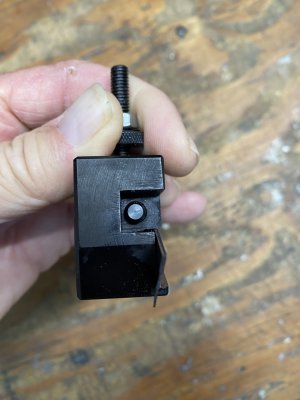- Joined
- Nov 14, 2016
- Messages
- 3,001
That has been on my mind. Most of my parts should be under .75", I make clocks.
Sherlines are very popular with clock and watch makers. As long as your projects are under 2" diameter the size of the Sherline is not a major concern. I would recommend going with the long 4400 model with the 17" bed. I have never needed the entire 17", but I frequently would have run into issues with the short 8" bed.
The 7" lathes are suitable for a lot of small projects, but the out of the box serviceability of Sherline is much better, and Sherline has very good customer support. There is also far more specialized tooling available for Sherline, from Sherline. The Sherline lathes and tooling is not cheap, but that is mostly due to being made in the USA and being made to a higher standard than the no name tooling available for the import lathes.
The customer fan base for the 7" lathes is sizable and there are many tweaks shared, but many of these are oriented towards fixing flaws with the basic lathe. Sherline also has a large fan base, but shared tweaks are more oriented to special needs rather than fixing issues with the machine.
Obviously we all have budget restrictions which may limit our choices, but prioritizing budget over other considerations often leads to a poor selection. Sherline may seem the more expensive but going with a higher quality 7x16 like the LMS is going to run $1200 with minimal tooling (basically a chuck, and centers).
A Sherline 4400 with the C package is $1350 and includes a good selection of tooling to get you started. At the moment (until 7/31) Sherline is offering 20% off on many lathe and mill packages.
For full disclosure I am a happy Sherline owner.


